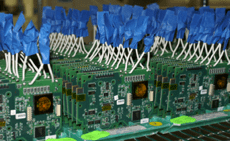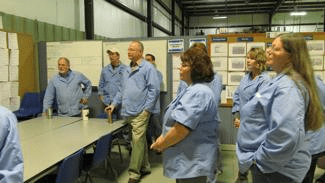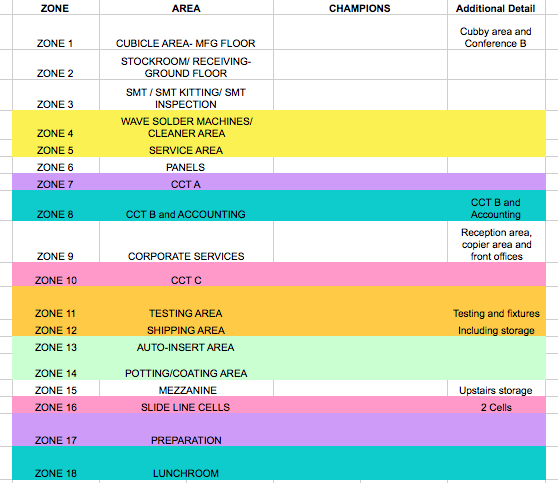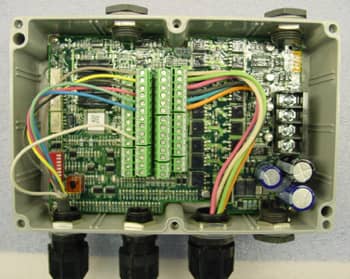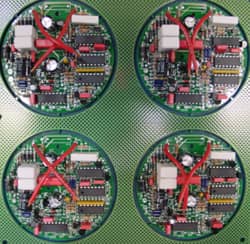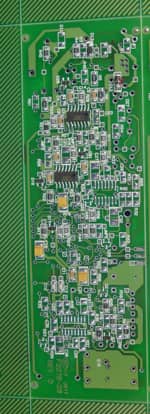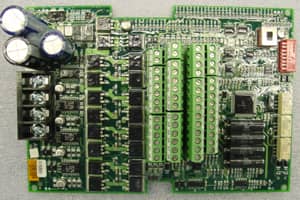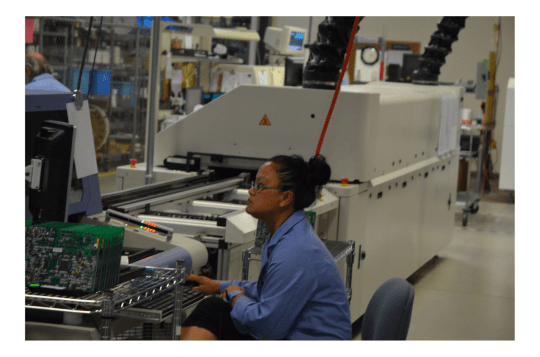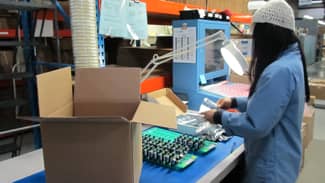If you don’t continue to buy from us, bad things will happen. That’s what your current electronic assembly provider hopes you are thinking.
Maybe you remember the Telephone Game from childhood –one person whispers a story or phrase to the next person and tells them to pass it on. They turn and whisper as much of it as possible (as much as they remember!) to the next person, and so on down the line. When the last person has heard the message, they repeat it out loud. Everyone gets a good laugh when the original message is then stated, and all the players realize how distorted it got as it was passed down the line. It’s great fun as a party game; not so great if it’s your training methodology.
RBB’s 6S Program
Everyone at RBB feels a responsibility for keeping our facility and everything (and everyone!) in it in good working order. We look for every possible way to ensure that the custom electronic boards that leave our facility are pristine, and have been built efficiently and exactly to our customer’s specifications. To do that, we need clean areas so we can focus on the job at hand. We need a well-maintained facility and a dedication to keeping personal spaces as neat as possible.
You’re an OEM who has developed a solid supplier relationship with an electronics job shop, whether they are local or across the country. The shop has proven themselves to be reliable, responsive, and cost competitive, especially in small batches (the work that many of the larger batch CM’s often avoid). You are happy with your job shop’s performance and want to award them more work. What will you do? Let’s explore a few options.
As a large batch contract manufacturer (LBCM), you have enjoyed a high level of success with your business. In spite of this, though, you may have experienced certain situations in which the help of a small batch job shop (SBJS) could have helped you to operate more efficiently and effectively. While you may know that this is true, many LBCMs are hesitant to enter into a partnership with an SBJS, as they are concerned that it will create customer conflict, and cost them money. Reality couldn't be further from the truth.
The world is constantly changing. As with anything, you either go with the flow embracing the change or exhaust yourself trying to swim upstream avoiding it. Why continue doing the same things over and over again when there is a more efficient way? As a small batch electronics manufacturer, we’ve learned to go with the flow and strive for continuous improvement in all aspects of our business.
Once in a while, a customer comes to us with a PCB assembly job where they already have parts on hand wanting to know if we can incorporate these existing parts into their job. The parts may have been purchased because a bulk order was needed to get the one or two pieces for a prototype or maybe the customer used to produce the boards in-house and has a remaining inventory of components. Regardless of the reason, most times, we can incorporate these into the job without issue.
Working as a technician in the SMT Department at RBB Systems has definitely been an interesting experience, since it’s the work center where our production really begins. Two major pieces of manufacturing equipment; the Mydata MY15 and TP-9, do the machine placement (known as “pick and place”) of small surface-mounted electronic components. These machines “pick” each individual component from a reel in a magazine and “place” it onto a bare circuit board. Proper programming of the machines plays an important role in performance and quality. Trained operators populate the boards by utilizing certifications earned, including J-STD-001, IPC-A-610, IPC 7711/7721, and others. Training is provided by both the equipment manufacturers and by our experienced mechanical engineers.
As you’ve learned in Part 1 and Part 2 of this series, much of the actual work in getting your custom electronics job processed is completed well before it ever goes into production. In this final part of the series, we’ll walk through what to expect during the first production run and the follow up process, and how the relationship is maintained after the receipt of the first order.

